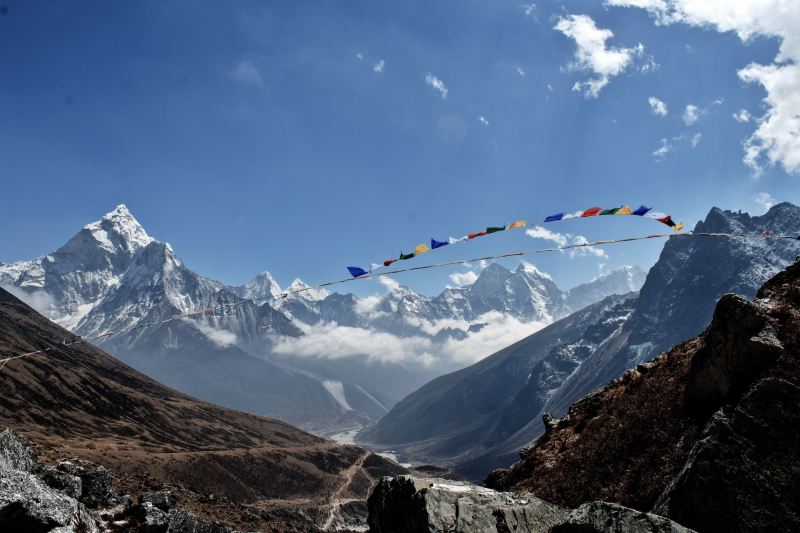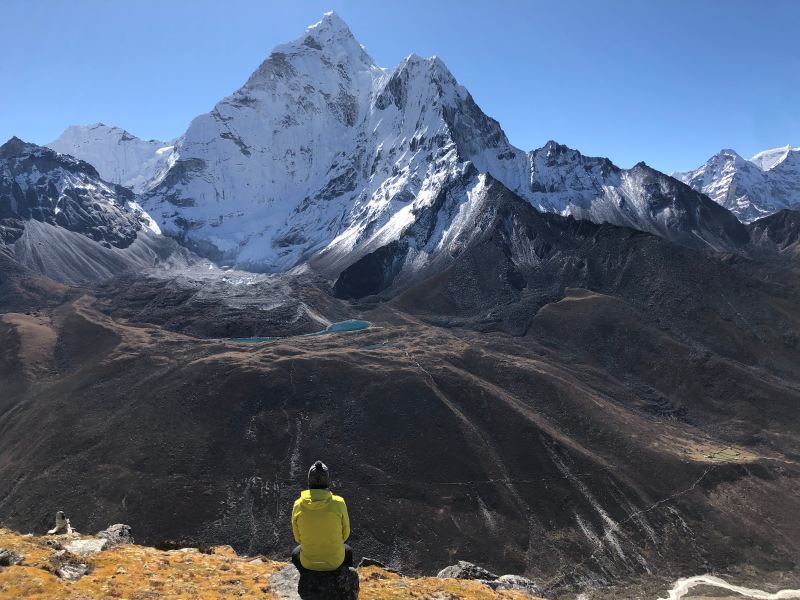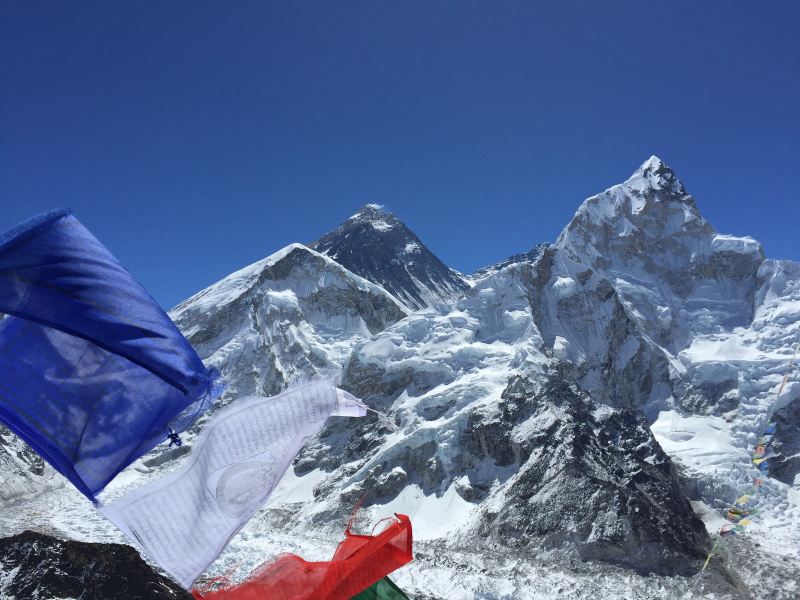
There are too many dead bodies on Mount Everest; that’s the message from the Department of Tourism in Nepal. It might sound morbid, but in the several weeks it would take you to climb to the highest point on Earth, you’ll see plenty of those who were once ambitious climbers but succumbed to the challenge. There are so many bodies littering Mount Everest that it’s commonplace to use them as markers or signposts along the way.
If you’re one of the many would-be conquerors of this mighty mountain, none of this will shock you. But what might come as a shock is the knowledge that the endeavor — which already sets climbers back around $50,000 — is about to get even more expensive. But why is Nepal’s tourist board increasing the cost to reach the top of the world, and what’s it got to do with those who lost their lives trying to conquer what many consider the ultimate bucket list challenge?

What’s the situation with Mount Everest dead bodies?
There’s a good reason that the dead bodies on Mount Everest are raising the price: the removal cost. Retrieving a body from the higher camps, or the death zone, can cost between $20,000 and $200,000. Since Edmund Hillary and Tenzing Norgay first summited the mountain in 1953, there have been over 200 deaths on the Nepal side. The retrieval of all those bodies could run to millions of dollars — and that presumes that they all had insurance.
According to Nima Nuru Sherpa, the president of The Nepal Mountaineering Association, there are still climbers summiting the mountain who do not have adequate insurance. “We are discussing making insurance mandatory in search and rescue operations for all to support the retrieval of bodies from the mountain,” he said while talking with The Kathmandu Post. He also explained how the association has urged the government to issue royalty-free permits for retrieval at any time in the season.

What’s the new cost of climbing Mount Everest?
It’s no small task cleaning up the tallest mountain in the world, and what’s more, there is hope that the incrase in costs will increase safety and success on the mountain. Recent years have seen the growth of smaller, relatively inexpensive organizations offering ‘budget’ opportunities to reach the top of the world. Climbing Mount Everest was once seen as the ultimate challenge for serious mountaineers, and there is hope from the Department of Tourism that the increase in cost and helping with body retrieval will once again see Mount Everest given the respect it deserves.
When the permit scheme was last reviewed in 2015, the climbing permit price was $11,000. This year, the cost is set to increase by nearly 50%, and if Mount Everest is on your agenda, a permit will set you back $15,000. The reality is that for those setting aside the money to stand 29,000 feet tall, this isn’t going to make or break your trip, but it might help make an enormous difference to what should be one of the world’s pristine places.



